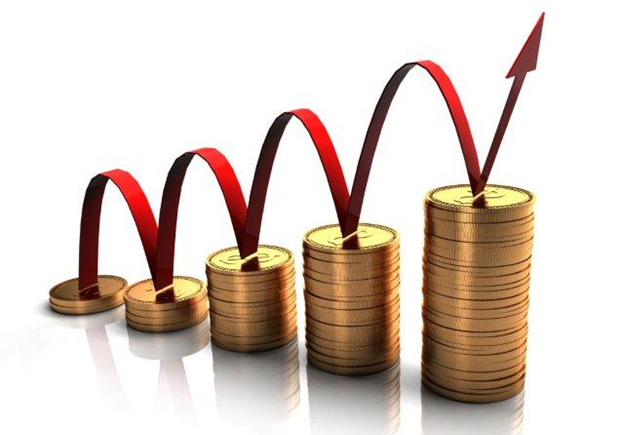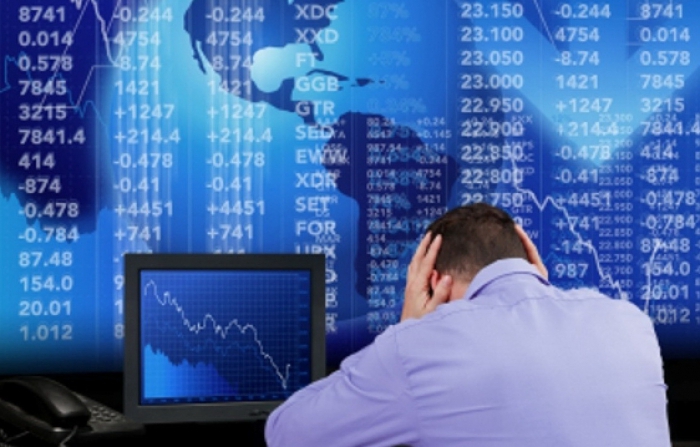Macroeconomics is a branch of science that allows you to study and analyze the main financial indicators. The study affects not only the current state of affairs, but also the probable growth rates, the dynamics of all the main subjects of the system. This science considers the world economy as a single harmonious organism. In this case, the conditions for the functioning of the system, its resources and consequences are determined.
Basic concepts
The subject and method of macroeconomics are currently being studied by international and regional institutions around the planet. This science is associated with all sectors of the economy and the life of society. In a general sense, macroeconomics is a way of analyzing and controlling its recessions and ups, researching the risk of inflation, reducing unemployment rate etc.
Science considers production volumes, indicators of population employment, growth of exchange and financial values both in the long and short term. Such fluctuations in the world economy form peculiar cycles of activity. At the moment, macroeconomic methods allow us to explore a number of features:

- Formation of primary indicators of national profitability, investment volumes, price level. This criterion is designed for consumers and manufacturers, which are considered as a single aggregate aggregate.
- The expansion of stakeholders that will determine the final state of the economy. Here the main role is played by the diagram of system development trends.
- Interaction of subjects through a single market. All elements of the system are analyzed as related, not independent.
Macroeconomic goals
The main task of science is to restore the competitive balance with minimal losses of the financial and social plan for citizens. This regulatory mechanism is aimed at the earliest possible future.
The goals of macroeconomics can be divided into 4 components:

- The rapid growth of national production. This task involves increasing the annual output. The tool for implementing the program is fiscal policy, which is guided by the principles of tax and budget systems.
- Normalization of the price level. Here it is assumed that the formation of free competition will lead to significant stability in the market. To implement the program, a monetary approach is used.
- Maintaining a balance of foreign trade indicators. Auxiliary factors of the program are the free sale of export goods and a stable exchange rate of the domestic currency.
- Increased employment through effective social policies.
All of these macroeconomic goals are interdependent and simultaneously contradictory. That is why the priority task of the institute is the connection of all the components of the system together with minimal consequences.
The rise of science
The concept of macroeconomics was first introduced into everyday life in the mid-18th century. In 1752, analyst D. Hume devoted several of his major works to the study of the relationship between the market balance and supply, including monetary relations and the price level.

The subject and method of macroeconomics began to be actively studied in the late 1930s. The catalyst was the Great Depression of Western countries, which led to a sharp decline in production around the world. In a matter of months, the unemployment rate rose to unprecedented levels. Most of the population of the West was in poverty.
The authorities needed leverage to stabilize the state after the First World War. Global democratization played an important role in this. The government began to develop ways of economic settlement. The situation has changed radically with the advent of the financial genius John Keynes on the market. In 1936, the Englishman put forward the theory of universal employment, money and interest. His work contributed to a sharp leap in the development of macroeconomics. This year is considered to be the date of the birth of a new independent science. In Keynes's work, macroeconomics is a method of regulation world market by giving its structure flexibility. This primarily concerns pricing policy. As a result of a thorough analysis, effective ways of solving the problem that could lead to the normalization of production were deduced. So world society gradually emerged from depression.
School of Macroeconomics
In the process of researching science over time, two main institutions have developed. The classical school gives such a concept of macroeconomics: it is a set of free markets that should function without government intervention. It is this approach that will lead to equilibrium, efficient allocation of resources and increased employment.
In turn, the Keynesian school believes that macroeconomics is based on the failure of the market mechanism. In the works of the British, the main problem of the system is the inflexibility of pricing policy. This leads to inequalities in market activity. In this case, only an effective policy on the part of the state will help to remove the economy from a stupor. However, it should be only stabilization in nature.
Macroeconomic problems
The main obstacle to the stable development of the state is inflation. Science pays special attention to its analysis. Also, world institutions are studying such macroeconomic problems as determining the structure and volume of the domestic product, the national currency, the regulation of factors that reduce the level of employment, and the study of the mechanism for increasing profitability. In recent decades, science has been actively considering the causes of fluctuations in the global financial market, the interaction of export networks, the form and content of state budget policies. 
It is worth noting that micro and macroeconomics are two interconnected branches. The gap between them has not been observed for half a century. The modern concept of microeconomics underlies the system at the macro level. This issue is considered from the point of view of export and import, output, investment sphere, price level, etc.
Varieties of crises

Economic downturns differ in nature, areas of activity and sectors of the economy. Today, the most frequent and serious groups of crises are distinguished:
- Structural. They are associated with a prolonged increase in production dispositions in various industries. Such a crisis is characterized by a mismatch of the market structure with new labor conditions and resources. As a result, macroeconomics is experiencing tremendous shocks over the long term.
- Cyclic. Recessions may recur periodically. As a result of this, social production is paralyzed, and this applies to all types of business activity. Suffers and National economy.
- Partial They are associated with a sharp drop in activity in large areas of production. Such a crisis applies to the credit system, and banks, and stock markets.
- Intermediate. They are local and short-lived. Recessions prevail in the most vulnerable sectors of production.
- Worldwide. They are characterized by the coverage of certain areas of activity on a global scale.
Logical model
In his work, Keynes divided the main subjects of macroeconomics into 4 groups:
- Money market. In this model, the state acts as a seller, and all other components of the structure are buyers.
- The market of goods.The seller is a separate company. The buyer is the state and households.
- Paper market. Securities marketers are the state and firms, and all other macroeconomic entities are buyers.
- Labor market. The seller is the household. In turn, firms and the state become buyers of labor.

All markets are interconnected by macroeconomic components. Households and firms pay taxes to the state, which provides them with appropriate subsidies and transfers. Organizations often turn into investors. Households have a savings function. The fundamental thread between the entities is credit relations.
The goal of the theory is to organize the relationship between industries and components of the financial system.
Cycle model
All macroeconomic methods, together, form the cyclical nature of revenues, expenses, and products. This cycle is the basis of the system of national accounts. Their fundamental parameters are considered indicators such as GDP, GNI and others.
Gross domestic product is a combination of the cost of final services and goods that were produced in the country during the year. In turn, gross national income is calculated as the sum of all the country's profit for the current period.
The above indicators are used to determine the welfare of the state and its population. Based on them, a logical model of macroeconomics is built.
Profitability criteria
In addition to GDP and GNI, there are other macroeconomic indicators that demonstrate the effectiveness of government market policies. First of all, it concerns the GNRD. This indicator reflects the real level of gross national disposable income. This includes transfers, and charity, and other sources of profit. NNP is pure national product. Reflects depreciation of state capital.
ND represents the national rate of return on customs duties, excise taxes, VAT, etc.
RLD shows the funds on the balance sheet of households. Decrypted as disposable personal income.
Cycles in Macroeconomics
Such fluctuations are characterized by ups and downs in market policy. Caused by extreme surges in supply and demand.
The phases of the cycle are called recovery, recession and crisis. The deepest macroeconomic recession is depression. Such cycles are irregular. Their main disadvantage is unpredictability.
The reasons for the cycles can be wars, and revolutions, and irrational behavior of investors, and other factors.
